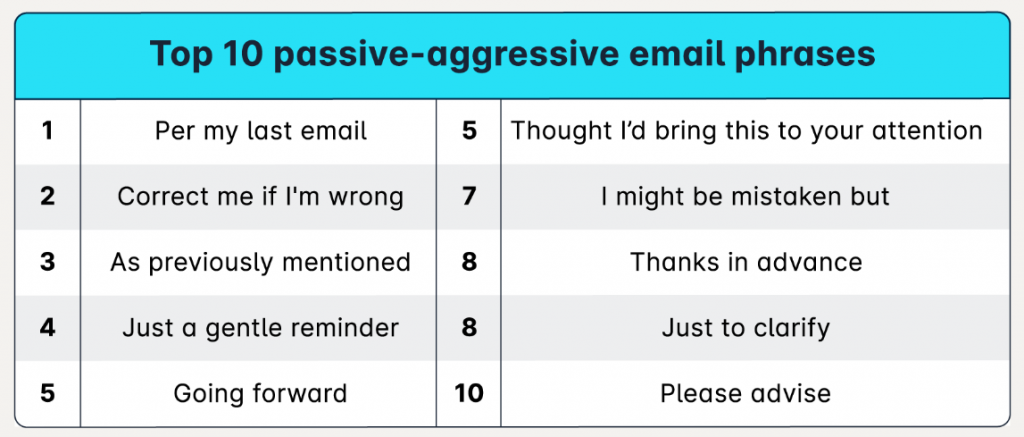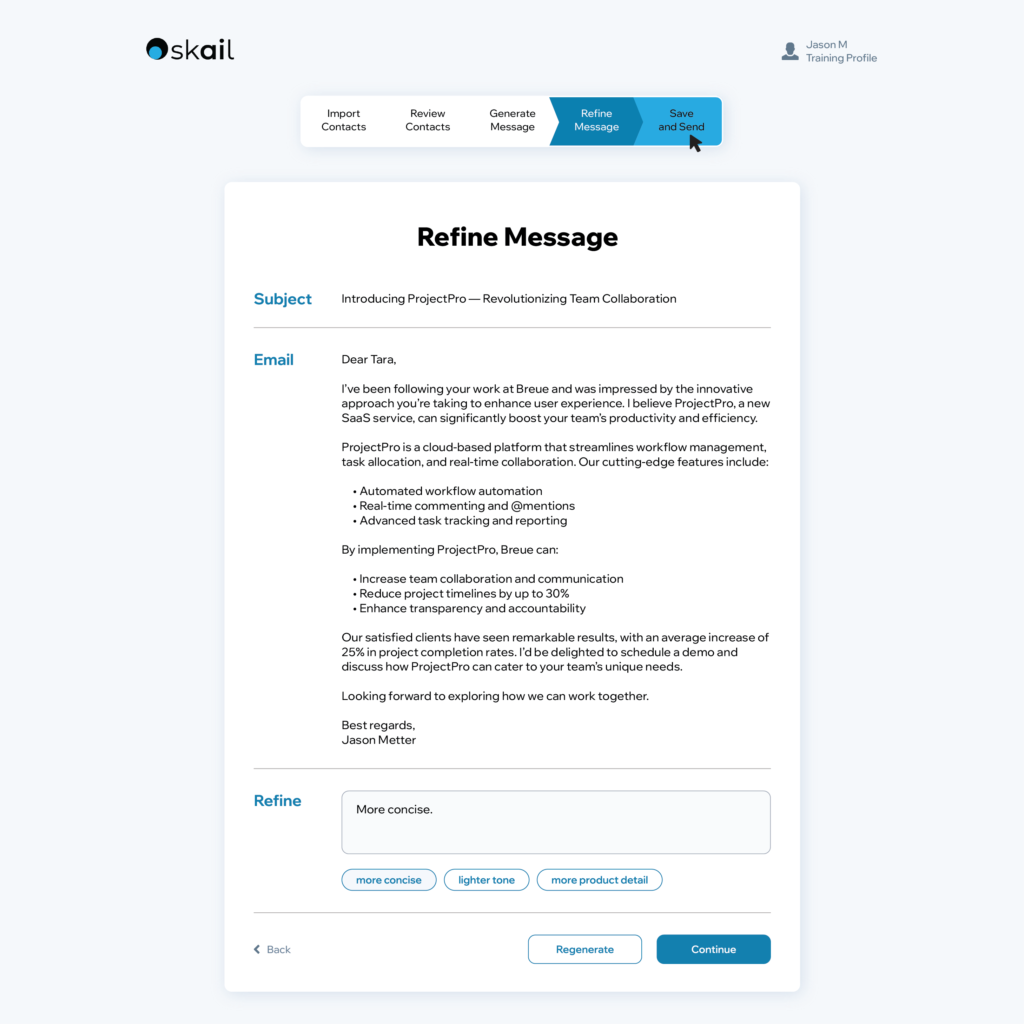Ah, the follow-up email. It’s like sending a polite knock on someone’s door (does this explain the cover image?), hoping they’ll peek out and say, “Oh, right, I meant to reply!” instead of pretending they aren’t home (even though you can see their shadow shifting behind the blinds). But alas, you’ve sent your initial email, and the radio silence is deafening. So, what’s next? How to send a follow-up email after no response – without coming off as desperate, spammy, or worse—annoying?
Well, buckle up, because today we’re diving deep into the art of the follow-up email—without sounding like a clingy ex.
Step 1: Diagnose the Problem – Did They Even See Your Email?
First things first, before you unleash your follow-up fury, check if they actually opened your last email. You’d be surprised how often emails get lost in the abyss of spam folders, which, honestly, might as well be the Bermuda Triangle. If your email was swallowed whole, it might be time to revisit your subject line strategy.
If it wasn’t opened, there are two likely culprits: spam filters or boring subject lines. For the former, you might need to adjust your email settings or use a trusted email service to avoid the spam dungeon. For the latter—well, it’s time to get creative.
Pro tip: Avoid vague or generic subject lines like “Just following up…”—you need something that’ll catch their eye. Think of it as the email equivalent of waving a friendly flag. “Quick question about [topic]” or “Resources for [business name]” are way more enticing than “Did you see my email?” (which, let’s be honest, sounds like it’s wearing a trench coat and lurking outside their window).

Step 2: Timing Is Everything – Don’t Be Too Eager
I know, I know—waiting to follow up can feel like ages, especially when you’re sitting there, refreshing your inbox like it’s a Netflix episode. But resist the urge to hit them up too soon. A good rule of thumb is to wait at least three days after your first email. Any sooner, and you risk sounding like you have nothing else going on (which, hey, no judgment if you don’t, but we don’t need to advertise that).
Think of it like baking a cake. You don’t open the oven door every five minutes; you let it rise, give it space, and trust the process. Same goes for your email—give it time to rise (a.k.a. sit in their inbox) before you follow up.
Step 3: Reflect on Your First Attempt – Was It All About Them?
Here’s the brutal truth: people don’t respond if they don’t see the value for themselves. So, take a minute to think back—did your initial email speak to their needs, or was it a “me, me, me” show? If your email sounded more like a sales pitch than a personalized message, it might have been destined for the dreaded “mark as read” and forget pile.
Try to make your follow-up email hyper-relevant. Tailor it to their job title, geography, or any specifics you know about their business needs. For instance, if you’re reaching out to a marketing director, don’t just say, “Our product is great.” Instead, try, “Our product has helped marketing directors like you increase their lead conversion rates by 25%.”
Step 4: Ditch the Passive-Aggressive Tone
Let’s get one thing straight: no one likes to be called out. Phrases like, “I haven’t heard from you” or “I know you’re busy, but…” feel a little too much like a parent saying, “I’m not mad, just disappointed.” Don’t be that email.
Instead, go for a friendly, non-confrontational reminder. Start with something warm like, “Hope you’re having a great week!” or “Just wanted to bump this up in your inbox in case it got buried.” You’re here to nudge them, not drag them into a guilt trip.

Step 5: Keep It Short and Sweet
People are busy, and your email is just one tiny speck in the swirling tornado of their inbox. So, brevity is your best friend here. Think of your follow-up email as the elevator pitch version of your initial email: quick, to the point, and intriguing enough that they don’t want to hit the “close” button.
Here’s a quick structure:
- Warm greeting/reminder: “Hey [name], hope you’re doing well! Just wanted to check if you had a chance to look over my previous email about [topic].”
- Value add: “I thought you might find [specific info/resource] helpful, given your role as [title].”
- Call-to-action: “Would you be available for a 10-minute call this week to chat further?”
This approach not only respects their time but also shows that you’re there to offer value, not just to take up space.
Step 6: Call-to-Action – Don’t Leave Them Hanging
This is the secret sauce. If you don’t ask for something specific, you’re basically giving them permission to not respond. Your call-to-action (CTA) should be clear, concise, and easy to accomplish.
Instead of saying, “Let me know your thoughts” (which sounds like asking for a book report), go with something actionable like:
- “Would you be open to a quick call on Friday to discuss?”
- “Can I send over some additional resources for you to review?”
- “Is there someone else on your team I should connect with?”
Step 7: Change Up the Subject Line – No Recycling
We’ve all been tempted to just forward the original email with a “bumping this up” subject line. I mean, it’s efficient, right? But it also screams, “I’m stuck in a time loop!” Instead, treat your follow-up email as a fresh opportunity to catch their eye.
Try something like:
- “Thought you might like this, [Name]”
- “Quick question about [specific topic]”
- “Checking in—here’s a helpful resource for [their role]”
Think of it as giving the email a makeover; you’re presenting the same information but in a shiny new package. And hey, everyone loves a good makeover.
Step 8: Be Helpful – Offer Extra Value
If they didn’t respond the first time, maybe your email didn’t provide enough incentive. Use your follow-up email to share something genuinely valuable—whether that’s a case study, an article relevant to their industry, or a quick tip that’s specific to their role. This way, even if they don’t reply right away, you’ve still positioned yourself as a helpful resource (and not just someone who pops up in their inbox every three days asking for things).
Step 9: Automate, But Make It Sound Human
If you’re following up with multiple people, you might want to use AI sales automation outreach tools like Skail (your trusty email-writing digital clone) to craft and send emails that sound authentic but save you the time and effort. The trick here is making sure these emails still feel personal—so customize them where possible. If Skail’s whipping up the email for you, make sure to add a personal touch: reference a previous interaction or something specific about their company.

Step 10: Don’t Be Afraid to Walk Away (For Now)
If you’ve sent two follow-ups and still hear nothing but crickets, it’s time to take a step back. Sometimes, no response is simply a “not now.” Let the email thread rest, and come back in a few weeks or even months with a fresh approach. The key is to keep the door open without making it feel like you’re camping outside.
A great way to circle back is with a simple check-in email: “Hey [Name], hope you had a great summer! Just revisiting our conversation about [topic]. If this is still on your radar, I’d love to reconnect.” It shows you’re still interested, but you’re not sitting there twiddling your thumbs.
Conclusion: How to Send a Follow-Up Email After No Response with Confidence
Sending a follow-up email after no response isn’t about pestering—it’s about showing you’re dedicated and professional enough to keep the conversation going. With the right timing, tone, and a little dash of humor, you’ll find yourself getting more responses and fewer ghosts.
And if all else fails, remember: sometimes the best follow-up is a polite exit. You never know when they’ll come back around, realizing your email was exactly what they needed all along. Until then, keep calm, keep emailing, and keep those subject lines snazzy!



